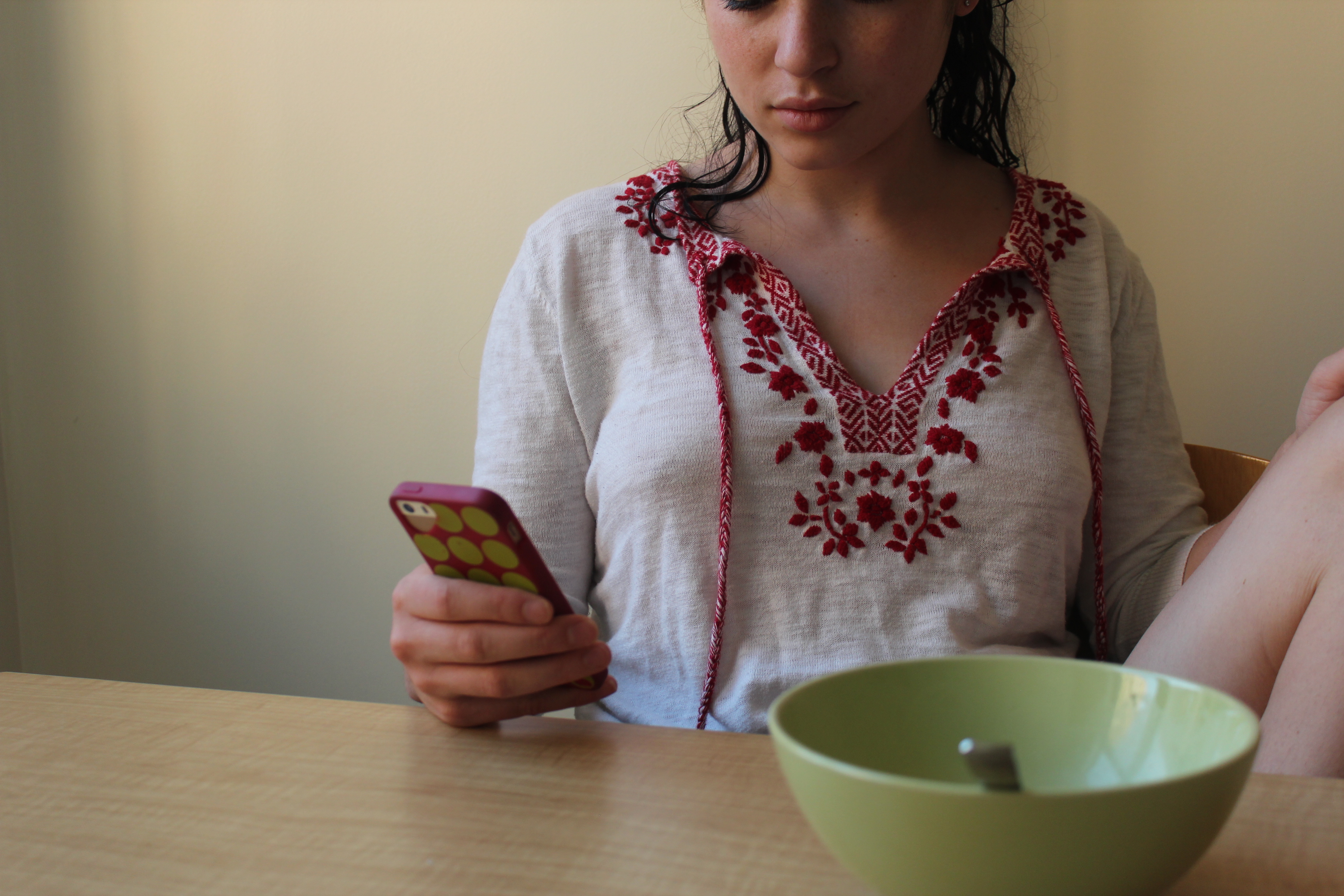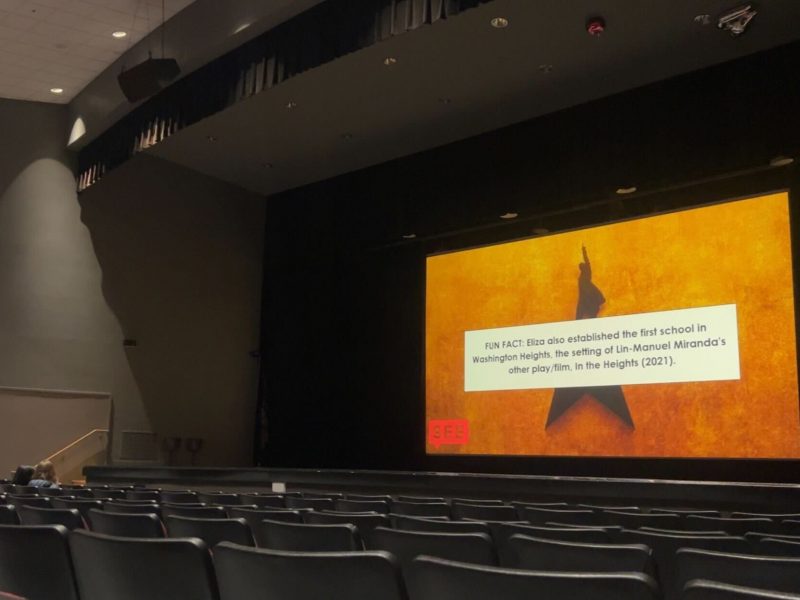There are two situations in which Katie Barr wears a bra: around family and when she thinks a guy might want to take it off.
“I think it’s kind of hot if you go home with someone,” she said. “That’s part of the thrill is taking the bra off.”
Otherwise, the senior dietetics major enjoys the freedom of loose shirts that casually drape over her unrestricted chest, hinting at her proud secret. About a year and a half ago, Barr got her nipple pierced and that’s when she decided to ditch the bra.
“I don’t really care if people see my boobs now because I have these cool little dots on my shirt,” she said.
Although women have been squeezing and wrapping their boobs in place since antiquity, the grandmother of the modern bra was patented to Mary Phelps Jacobs in 1914. While the contraption, originally made from ribbon and handkerchiefs, provided much needed comfort from the whalebone corsets of the previous century, the modern bra continues to come under fire.
“I can never think of a reason it’d be more comfortable to wear one,” said Allie Kennedy, one of Barr’s closest friends.
The senior family science major stopped wearing a bra about a year ago. After developing a more “liberal, feminist” group of friends at Maryland, she started reevaluating why she wore it in the first place.
“I realized there really was no reason besides society telling me I needed to,” she said.
Like Kennedy, women across the country regularly opt for the au natural. Since her boobs aren’t large, Kennedy says people rarely notice. But recently, Kaitlyn Juvik, a high school senior in Montana, made headlines for the backlash she received after not wearing a bra to class. The school argued she caused a distraction and made people feel uncomfortable.
Kennedy likes to use the word “normalize” when discussing incidents like these. It’s the reason she likes to give people hugs when she isn’t wearing a bra — she wants to influence people’s perceptions on bras or the lack thereof.
“I think it’s a new thing that they need to get used to,” she said.
Outside the confines of high school classrooms, there’s a slow-sprouting movement to banish the boob cages. Celebrities like Kendall Jenner and Rihanna have graced the streets with unbound breasts, while Miley Cyrus has been increasingly vocal about Americans’ treatment of nudity with the #freethenipple campaign. Yet despite the influence of icons, bras still rule as the queens of coverage.
Perhaps more successful than the anti-bra movement, however, has been the shift toward beauty over functionality. The bandeau emerged as a way to escape the bra without truly saying goodbye. The stretchy fabric, often lace, lacks straps or underwire. It’s meant to be seen under sheer or low cut shirts, and while it doesn’t offer much support, it provides just enough nipple coverage to make it useful. A more recent installment of the quasi-bra has been the bralette, lace triangles that provide little support and are often see-through.
“Bralettes are just pretty so I would wear that for fun,” Kennedy said.
Summer 2016’s lingerie inductee was the chain bra, body jewelry ranging from a full bra made of metal mesh to delicate, drooping triangle frames. They spent the summer serving as the perfect accessory for already stripped-down festival-goers.
The idea that a bra must serve no role other than beauty, whether for one’s self or at the end of the night, is growing in popularity. Yet it’s generally unspoken, evidenced almost solely by braletted, bandeaued and braless millennials. As Barr knows, it’s not always easy to shift from the traditional, especially on a surprisingly taboo subject. Every morning when she wakes up at home, she clasps her bra in place before greeting her family.
“I have my one nipple pierced and I don’t want them to find out about it,” she said. “I’m scared they’re going to see it through my shirt.”
And while people are generally respectful of her decision, the wandering eyes of a roommate’s friend once made her very uncomfortable.
“I felt like I was being sexualized as opposed to just being a person who’s not wearing a bra,” she said.
Even so, Barr and Kennedy continue to enjoy braless freedom, choosing to suit up on their own terms, whether for looks or guys. In flexibility, they finds a balance.
“Bras are used for functionality but now they’re becoming whatever you want them to be,” Kennedy said. “It has to be weird at first for anything to change.”



